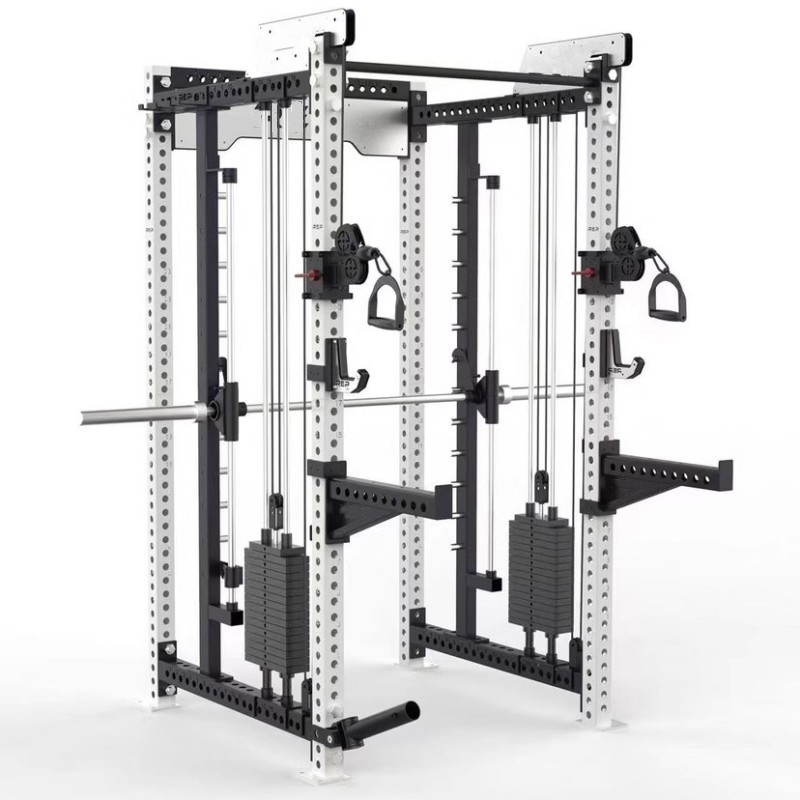What are the uses and features of Rigs and Racks?
2024-06-17
Fitness enthusiasts and athletes alike are always on the lookout for the next piece of equipment to enhance their workouts. With a variety of options available, one popular choice is the use of Rigs and Racks. But what are they, and what are their key features?

Rigs:
Rigs are essentially heavy-duty structures that allow for a wide range of exercises to be performed using bodyweight or added weights. They are commonly used for strength and conditioning training.
One of the main benefits of Rigs is their versatility. They typically come equipped with a variety of stations and attachments that can be used for various exercises such as pull-ups, dips, squats, and more. This makes them an ideal option for athletes who need to train for multiple sports or events.
Rigs also come in different sizes and configurations, allowing users to customize their setup based on their specific fitness goals and available space. Some key features of Rigs include adjustable heights, durable frames, and a range of optional add-ons such as plyometric boxes and suspension trainers.
Racks:
Racks are similar to Rigs in that they are designed for strength and conditioning training. However, they differ in that they are typically more compact and focused on weightlifting exercises such as squats, bench presses, and deadlifts.
One of the key advantages of using a Rack is safety. By using adjustable safety bars or J-hooks, users can perform heavy lifts with peace of mind knowing that they can easily bail out of the lift if necessary. This makes Racks a popular choice for serious weightlifters.
























































